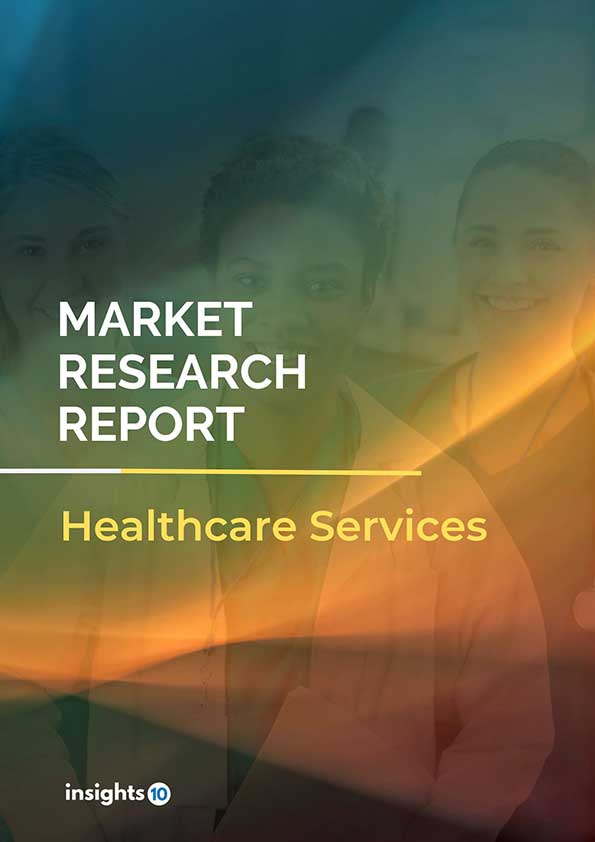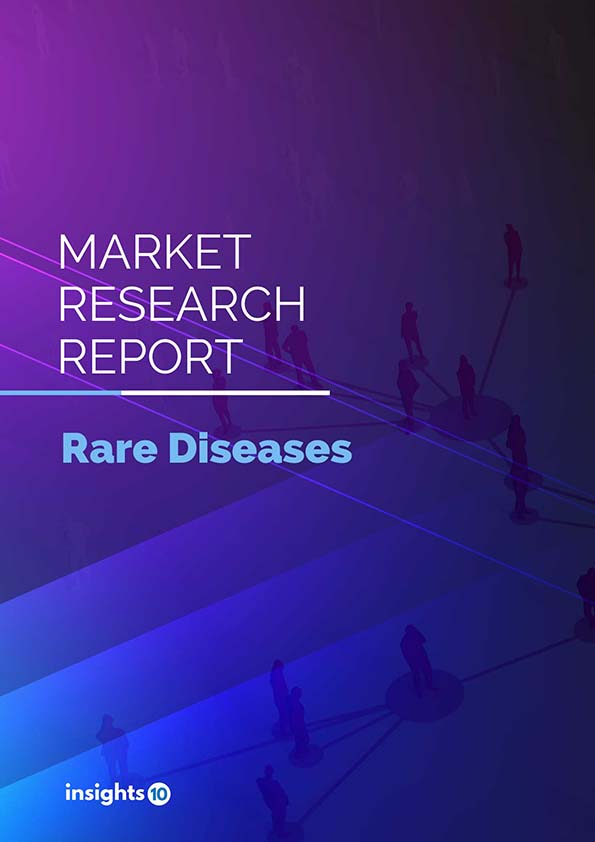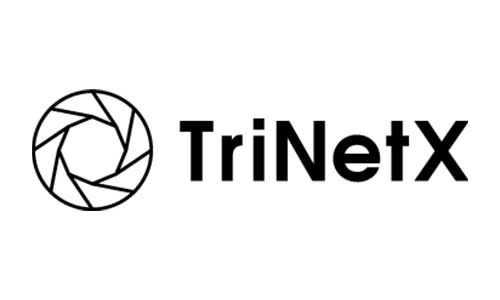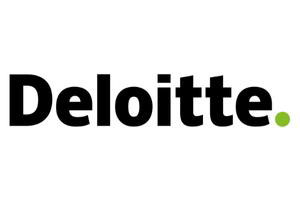Germany Healthcare Insurance Market Analysis
German's healthcare insurance market is projected to grow from $74.16 Bn in 2022 to $116.43 Bn by 2030, registering a CAGR of 5.8% during the forecast period of 2022-2030. The main factors driving the growth would be the ageing population, technological advancements, rising healthcare costs and competition among insurers. The market is segmented by the component, provider, coverage, by health insurance plans and end-user. Some of the major players include HanseMerkur, Arag, Hallesche, SDK, uniVersa and Alte Oldenburger.
Buy Now

Germany Healthcare Insurance Market Executive Summary
German's healthcare insurance market is projected to grow from $74.16 Bn in 2022 to $116.43 Bn by 2030, registering a CAGR of 5.8% during the forecast period of 2022-30. Germany spent $4874.39 per person on healthcare in 2019, which was 28% more than the average for the EU of $3812. Germany spends most of its GDP (11.7%) on healthcare compared to other EU nations. Just 12.7% of people in the country pay for their own healthcare, which is far lower than the majority of other EU countries. This is due to the fact that the great majority of health costs in the EU are covered by public money.
One of the best healthcare systems in the world is found in Germany. The majority of German citizens and residents are covered by the government-run public health insurance program which is paid for by national taxes paid by the taxpayers. In turn, regardless of income or status, everyone gets access to high-quality, cheap healthcare. German private insurance is another option for certain people, particularly those with higher salaries or those who want to fill in any "gaps" left by state insurance.
Everyone who is a legal resident of Germany is required by law to obtain health insurance. Public or "statutory" health insurance (Gesetzliche Krankenversicherung) and private health insurance make up Germany's health insurance system (Private Krankenversicherung). The type of health insurance one can obtain is determined by his/her income.

Market Dynamics
Market Growth Drivers
The German healthcare Insurance market is expected to be driven by factors such as:
- Ageing population- Germany's population is ageing, with a rising proportion of those over 60. Because they are more likely to need healthcare services and health insurance, this group has a higher demand for health insurance products
- Technological advancements- With several innovative medical procedures and technologies being created, Germany is a global leader in healthcare technology. Health insurers now have the chance to provide their clients with unique products and services
- Rising healthcare costs- A growing number of factors, including new technology, rising medicine prices, and an ageing population, are driving up the cost of healthcare in Germany. Health insurance options that can assist people and families in controlling healthcare costs are therefore required
- Competition among insurers- Germany has a large number of health insurance companies, which encourages competition. When insurers compete to stand out and win clients, this competition may spur innovation and product creation
Market Restraints
The following factors are expected to limit the growth of the healthcare insurance market in Germany:
- Increasing frequency of price adjustments- The expansion of clients in the German private health insurance sector's main product line will be significantly impacted by the frequency of price adjustments that result from continued low-interest rates
- Limited profit margins- Low-profit margins in the German health insurance industry can prevent insurers from making significant investments in cutting-edge products and services. This is partly because insurers are under pressure to maintain low premiums because of Germany's expensive healthcare system
- Regulatory environment- Germany's health insurance industry is heavily controlled, and insurers are required to abide by tight laws and regulations. This may restrict insurers' ability to generate novel goods and services and may make it more difficult for new competitors to enter the market
Competitive Landscape
Key Players
- HanseMerkur (DEU)- Since 1969, HanseMerkur, a medium-sized personal insurer, has provided its clients with security, predictability, and reliability. Thanks to many acquisitions of existing client lists and its active sales efforts, this financially stable and growth-oriented company has acquired its current independent and strong position in the market and developed into an effective medium-sized personal insurer. Also, the HanseMerkur Insurance Group, through its subsidiary HanseMerkur Reiseversicherung AG, is Germany's second-largest travel insurer and the only independent insurance provider in Hamburg's financial district that is not a member of a network that covers the entire country
- ARAG (DEU)- The largest family-owned business in the German insurance sector, ARAG has established a reputation for being a flexible, high-quality insurer. As the foremost legal insurer globally and a specialist in legal insurance, ARAG also provides its clients with appealing, needs-based products and services from a single source in the German composite, health, and old-age pension insurance markets
- Hallesche (DEU)- HALLESCHE Health Insurance provides health insurance services. It offers care insurance, dental insurance, hospital supplementary insurance, international travel health insurance, and group insurance
- SDK (DEU)- The Süddeutsche Krankenversicherung (SDK) was established in 1978 and has its corporate headquarters in Fellbach, close to Stuttgart. It comes in at number 15 on the list of premium income for German private health insurance firms and is a part of the SDK Group. They have a combined income of more than 800 Mn and employ about 800 people while insuring just over 600,000 clients
- Alte Oldenburger (DEU)- Private health insurance provider Alte Oldenburger is situated in Vechta. The business provides private supplemental insurance, long-term care insurance that is required by law, and private health insurance
1. Executive Summary
1.1 Service Overview
1.2 Global Scenario
1.3 Country Overview
1.4 Healthcare Scenario in Country
1.5 Healthcare Services Market in Country
1.6 Recent Developments in the Country
2. Market Size and Forecasting
2.1 Market Size (With Excel and Methodology)
2.2 Market Segmentation (Check all Segments in Segmentation Section)
3. Market Dynamics
3.1 Market Drivers
3.2 Market Restraints
4. Competitive Landscape
4.1 Major Market Share
4.2 Key Company Profile (Check all Companies in the Summary Section)
4.2.1 Company
4.2.1.1 Overview
4.2.1.2 Product Applications and Services
4.2.1.3 Recent Developments
4.2.1.4 Partnerships Ecosystem
4.2.1.5 Financials (Based on Availability)
5. Reimbursement Scenario
5.1 Reimbursement Regulation
5.2 Reimbursement Process for Services
5.3 Reimbursement Process for Treatment
6. Methodology and Scope
Healthcare Insurance Market Segmentation
By Provider (Revenue, USD Billion):
It mainly includes healthcare insurance that provides safety against the increasing cost of medical treatments and in case of health emergencies such as critical illnesses. Hence, it is the best way to safeguard medical expenses.
- Public
- Private
By Coverage Type (Revenue, USD Billion):
In terms of sales and market share, it is anticipated to rule the market over the projection period. This is explained by a number of benefits provided by life insurance, including guaranteed death payout and permanent coverage. Additionally, investing in these kinds of plans enables working professionals to save taxes
- Life Insurance
- Term Insurance
By Health Insurance Plans (Revenue, USD Billion):
- Health Maintenance Organization (HMO)
- Preferred Provider Organization (PPO)
- Exclusive Provider Organization (EPO)
- Point of Service (POS)
- High Deductible Health Plan (HDHP)
By Demographics (Revenue, USD Billion):
- Minors
- Adults
- Seniors
There is a high prevalence of lifestyle disease in the adult population that can increase health risks in the future. The population is more prone to cardiac and other diseases that require hospitalization. Healthcare insurance plans for seniors are more of a necessity, especially in the case of retirement. Also, it carries various advantages such as no medical screening before buying plans, includes coverage of the outpatient department, and provides the benefit of fee annual checkups along with lifetime renewability.
By End-user (Revenue, USD Billion):
- Individuals
- ?Corporates
A large number of people buy individual health plans as they are also customizable. Also, it gives more control over deductibles, co-pays, and benefits limits and is not dependent on employment status.
Methodology for Database Creation
Our database offers a comprehensive list of healthcare centers, meticulously curated to provide detailed information on a wide range of specialties and services. It includes top-tier hospitals, clinics, and diagnostic facilities across 30 countries and 24 specialties, ensuring users can find the healthcare services they need.
Additionally, we provide a comprehensive list of Key Opinion Leaders (KOLs) based on your requirements. Our curated list captures various crucial aspects of the KOLs, offering more than just general information. Whether you're looking to boost brand awareness, drive engagement, or launch a new product, our extensive list of KOLs ensures you have the right experts by your side. Covering 30 countries and 36 specialties, our database guarantees access to the best KOLs in the healthcare industry, supporting strategic decisions and enhancing your initiatives.
How Do We Get It?
Our database is created and maintained through a combination of secondary and primary research methodologies.
1. Secondary Research
With many years of experience in the healthcare field, we have our own rich proprietary data from various past projects. This historical data serves as the foundation for our database. Our continuous process of gathering data involves:
- Analyzing historical proprietary data collected from multiple projects.
- Regularly updating our existing data sets with new findings and trends.
- Ensuring data consistency and accuracy through rigorous validation processes.
With extensive experience in the field, we have developed a proprietary GenAI-based technology that is uniquely tailored to our organization. This advanced technology enables us to scan a wide array of relevant information sources across the internet. Our data-gathering process includes:
- Searching through academic conferences, published research, citations, and social media platforms
- Collecting and compiling diverse data to build a comprehensive and detailed database
- Continuously updating our database with new information to ensure its relevance and accuracy
2. Primary Research
To complement and validate our secondary data, we engage in primary research through local tie-ups and partnerships. This process involves:
- Collaborating with local healthcare providers, hospitals, and clinics to gather real-time data.
- Conducting surveys, interviews, and field studies to collect fresh data directly from the source.
- Continuously refreshing our database to ensure that the information remains current and reliable.
- Validating secondary data through cross-referencing with primary data to ensure accuracy and relevance.
Combining Secondary and Primary Research
By integrating both secondary and primary research methodologies, we ensure that our database is comprehensive, accurate, and up-to-date. The combined process involves:
- Merging historical data from secondary research with real-time data from primary research.
- Conducting thorough data validation and cleansing to remove inconsistencies and errors.
- Organizing data into a structured format that is easily accessible and usable for various applications.
- Continuously monitoring and updating the database to reflect the latest developments and trends in the healthcare field.
Through this meticulous process, we create a final database tailored to each region and domain within the healthcare industry. This approach ensures that our clients receive reliable and relevant data, empowering them to make informed decisions and drive innovation in their respective fields.
To request a free sample copy of this report, please complete the form below.
We value your inquiry and offer free customization with every report to fulfil your exact research needs.









































